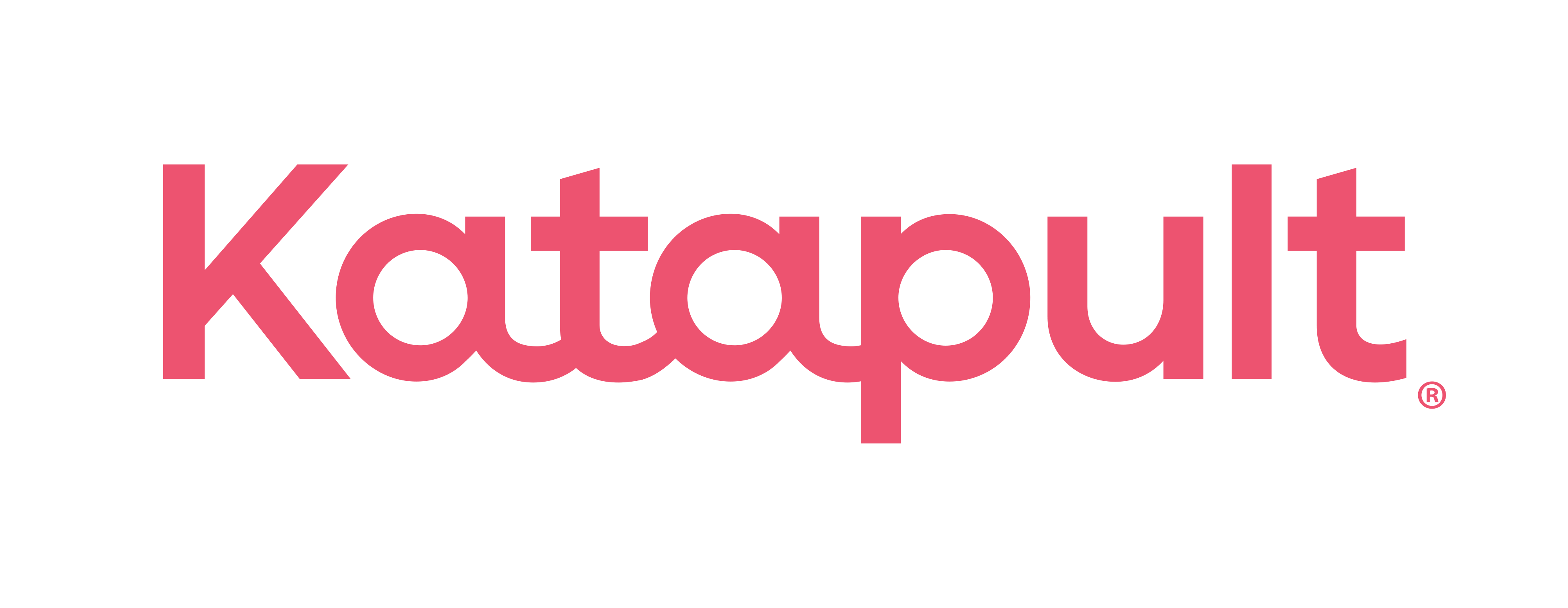By Katapult on Jun 26, 2025 2:00:00 PM
How Retailers Are Unlocking Growth by Looking Beyond Traditional Credit Constraints
Traditional Credit Options Are Not Built for Today's Reality
Traditional credit options leave many consumers behind, especially those without prime scores. For retailers, that means missed revenue and missed opportunities to build lasting relationships with loyal, high-intent shoppers.
Millions of consumers want to buy, but they are blocked by rigid credit requirements. The reality is that 71% of Americans do not have a prime credit score.
Many of these shoppers are navigating rising costs, stagnant wages, and everyday financial demands. In fact, 70% of Americans are considered financially vulnerable or coping. Even consumers with strong incomes or good credit often hesitate to tie up cash or max out cards for big-ticket essentials. Over 50% say their spending exceeds their income, and 56% don’t have enough savings to cover three months of expenses.
These customers aren’t walking away because they don’t want to buy. They’re walking away because they lack a flexible, accessible way to obtain the goods they need. Especially for high-ticket essentials like furniture, appliances, electronics, and mattresses. The need is there. What’s missing is the access.
Flexible alternatives like lease-to-own (LTO) are no longer a nice to have. They are becoming essential for meeting modern consumers where they are.
The Real People Behind Lease-to-Own
So, who is choosing LTO today? Likely more people than you think, including:
- The first-job professional:
A young adult with steady income but little or no credit history who needs to furnish an apartment.
- The family recovering from financial disruption:
After medical bills or job loss, their credit score dipped, but their need for a new refrigerator, tires or laptop continues.
- The financially savvy household:
These shoppers may have good credit, but they’re intentional about preserving savings and avoiding interest charges. Lease-to-own lets them spread out payments in a budget-friendly way. And as prices rise, a slightly higher weekly payment feels more manageable than a large upfront cost.
These are not fringe shoppers, they are the mainstream. When retailers meet them with flexible, transparent options, they respond.



Take a closer look at who Katapult’s lease-to-own shopper is:

|
- $75K average household income |
When these customers find solutions that work, they stay loyal and Katapult’s repeat customer rate showcases their affinity for the Katapult LTO1. In the first quarter of 2025, ~57% of Katapult’s lease originations came from returning customers.
Why Retailers Should Pay Attention
Retailers who embrace lease-to-own unlock powerful benefits:
- Higher conversion rates by capturing shoppers who would otherwise walk away
- Incremental sales closing the gap between intent and purchase
- No additional risk since Katapult assumes the customer risk, not the merchant
- Built-in loyalty by offering flexible, transparent payment options that build trust
- Easy integration options including direct, waterfall or through Katapult Pay®
In today's economy, flexibility is not optional. It is a competitive advantage. The next era of retail growth is not just about courting prime borrowers, it is about meeting all customers where they are financially.
If you are a retailer interested in directly integrating Katapult’s LTO solution to boost your business and customer base, please reach out to learn more.
1 Quarterly repeat customer rate is defined as the percentage of in-quarter originations from existing customers, and annual repeat customer rate is defined as the percentage of in-year originations from existing customers.




